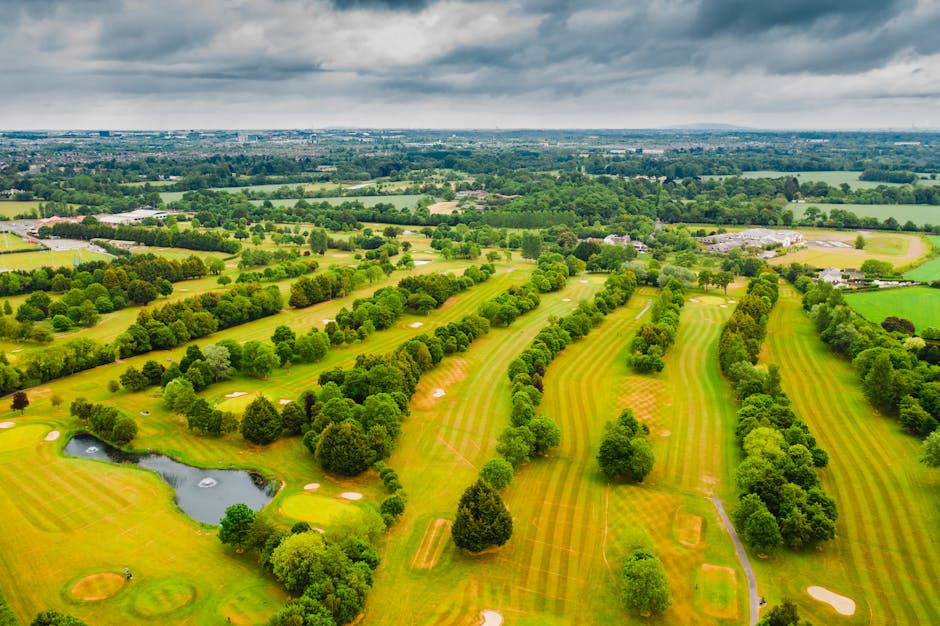As cities continue to expand and populations grow, the importance of urban green spaces has become increasingly evident. These areas, which include parks, gardens, and green roofs, offer more than just aesthetic appeal; they play a crucial role in enhancing the environment and improving the quality of life for urban residents. But what exactly are the environmental benefits of these green spaces?
Urban green spaces contribute significantly to the reduction of air pollution in cities. Trees and plants act as natural air filters, absorbing carbon dioxide and releasing oxygen. They also capture particulate matter and other pollutants, which can help to mitigate the harmful effects of urban smog. Studies have shown that cities with more green spaces tend to have lower levels of air pollution, leading to healthier populations and reduced healthcare costs.
In addition to improving air quality, urban green spaces are essential for managing stormwater. Impervious surfaces like concrete and asphalt prevent water from soaking into the ground, leading to increased runoff and the risk of flooding. Green spaces, on the other hand, allow for better water absorption and filtration. Rain gardens, bioswales, and permeable pavements are examples of how these areas can help manage excess rainwater, reducing the burden on stormwater systems and decreasing the likelihood of urban flooding.
Another significant benefit of urban green spaces is their impact on biodiversity. Cities often create “urban heat islands,” areas that are significantly warmer than their rural surroundings due to human activities. Green spaces provide habitats for various species of plants and animals, helping to counteract habitat loss caused by urban development. By incorporating native flora and fauna into these areas, cities can enhance local biodiversity and create ecosystems that support wildlife, contributing to the overall health of the urban environment.
Moreover, urban green spaces can mitigate the effects of climate change. By increasing vegetation cover, these areas can help to lower urban temperatures, reducing the need for air conditioning and consequently lowering energy consumption. Additionally, plants sequester carbon, which can help to offset greenhouse gas emissions. As cities face the challenges posed by climate change, integrating more green spaces into urban planning is a proactive approach to building resilience.
In conclusion, the environmental benefits of urban green spaces are manifold and profound. They improve air quality, manage stormwater, support biodiversity, and mitigate climate change. As urban areas continue to grow, prioritizing the development and maintenance of green spaces will be essential for fostering healthier, more sustainable cities. By recognizing the value of these areas, city planners and residents alike can work towards creating vibrant urban environments that benefit both people and the planet. Investing in green spaces is not just an aesthetic choice; it is a necessary step towards a more sustainable future.

